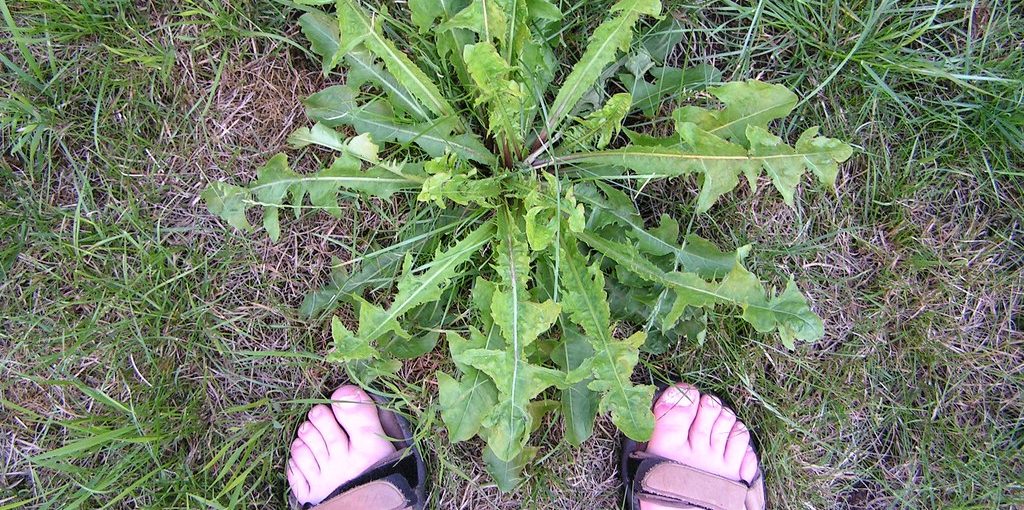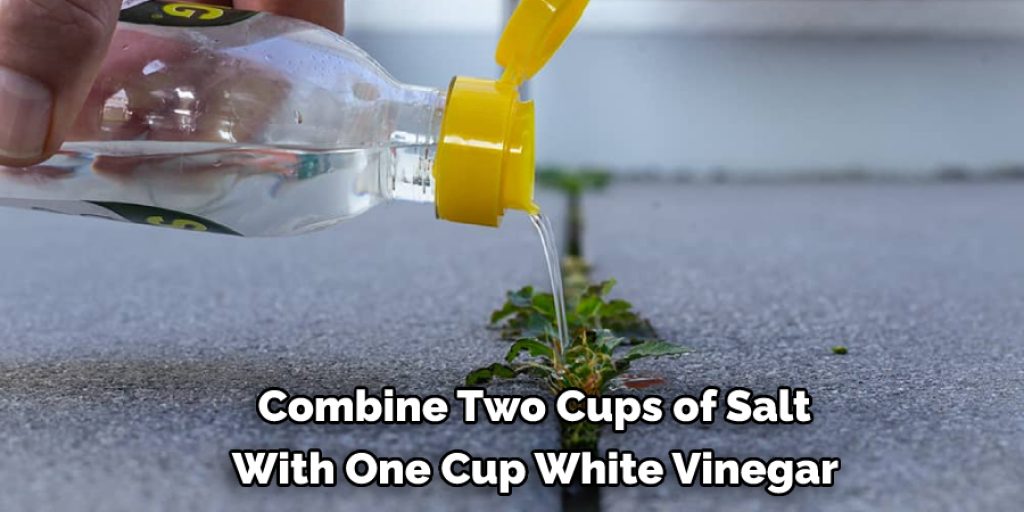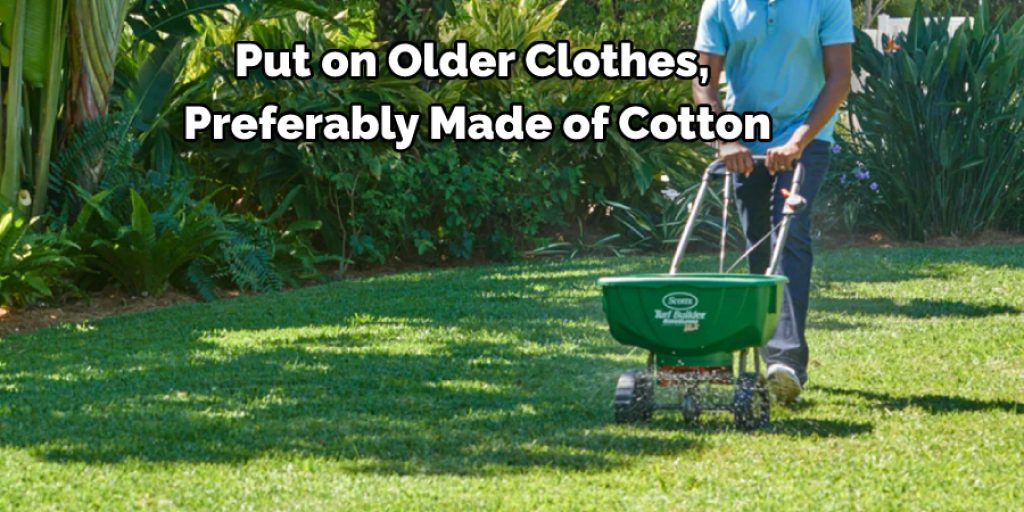How to Deweed a Lawn
It’s the time of year when the weather is starting to warm up, and everyone starts thinking about summer. One thing people often think about in this transition between seasons is their lawns. If you’re tired of brown patches where your grass should be, read on for some tips on how to deweed a lawn!
To have a healthy lawn, it is important to remove the weeds from your lawn. One way to do this is by using an organic weed killer such as vinegar or baking soda. However, if you are looking for a chemical-free method of removing weeds from your yard, try out the following steps mentioned below!

10 Methods on How to Deweed a Lawn:
1. Spray Down The Weed Area:
Spray the weeds with water to loosen them up, then pull them out by hand. If you have a lot of weeds, spray them down twice.
2. Apply Weed Killer:
This method will kill not only the weeds but the grass around it, so be careful! Using this method is probably best for spots where just a few weeks you want to uproot while keeping your healthy grass intact. Then, simply spray the area with the weed killer while avoiding any grass.
3. Use Boiling Water:
Fill up a pot with boiling water and pour it straight onto the weeds. The hot water will kill the weed’s roots, which means it will be washed away when you apply your standard de-weeding techniques.
4. Use Vinegar:
Vinegar is a natural and cheap way to get rid of weeds. First, make sure you apply the vinegar directly onto the spot where the weed is growing and keep it wet until the root dies. That should be about four days, but if there are still some green parts coming out on top after that time, add more vinegar and re-cover.
5. Burn Dried Weeds:
Using fire to get rid of weeds is a traditional method used for centuries, and it still works. Use a weed torch to burn dried-up brush, weeds, etc., in a closed-off space. The heat from the fire will kill the weed’s roots before they have a chance to spread.
6. Make a Mixture of Salt and Vinegar:

Combine two cups of salt with one cup white vinegar and pour the mixture onto the weeds. Keep it moist until they die, which should be about a week.
7. Put Weed Killing Fabric Over The Weeds:
This is a chemical-free way to make sure your yard stays healthy. Weed-killing fabric can be found at most hardware stores, and you just lay it right on top of the weeds growing in your lawn, then cut holes where you want to plant grass seed or sod. The fabric will prevent the weeds from growing, but it won’t harm your grass underneath.
8. Apply Epsom Salts:
Like vinegar, Epsom salts (magnesium sulfate) are natural, cheap, and very effective in killing weeds. First, sprinkle the salt on top of the weed you want to get rid of until it’s completely covered. Then water the area well so that it’s moist for three days. After three days, remove the salt, and you’ll notice that at least 90% of the weed has died.
9. Heat the Area of The Weed:
This method is the most effective way to de-weed your lawn, but it can cause some damage if you’re not careful. Basically, you’ll be burning the weeds and grass in a contained space (like a garage or basement) that is as big as or bigger than the area where the weeds are.
To protect yourself from breathing in too much smoke, wear a face mask and gloves. Then, light the weed on fire with a weed burner and keep it going until it expires or burns out.
10. Use Herbicide:
Herbicides are available at most hardware stores and home improvement warehouses. They’re an easy way to de-weed your lawn but be warned that they can kill or damage the grass around it if you don’t apply them correctly (so read the label carefully).
Also, make sure you don’t dump leftover herbicide in any bodies of water, as it can kill fish and other aquatic life.
Precautions and Safety Measures:

1. Before you begin de-weeding your lawn, make sure that the tools and chemicals you will use are safe for you to handle. After using a weed-killer or a herbicide, wash your hands thoroughly.
2. Wear protective eyewear when using weed killers or herbicides. Cover any cuts on your body with bandages to protect yourself from the chemicals you will be handling.
3. Put on older clothes, preferably made of cotton, which absorbs more than other materials (for example, natural silk). If you do not have a shirt at your disposal, Make sure that you know that it is illegal to use a weed-killer on your lawn if an adult does not prescribe it.
3. Make sure that you are using the right type of herbicide or weed-killer for your lawn. For example, some herbicides contain chemicals that could harm surrounding plants and flowers.
4. Ensure that there will be no children, pets, or pregnant women in the vicinity when using a weed-killer or herbicide. In case of contact with your skin, consult a doctor immediately.
5. After applying chemicals to your lawn, make sure that you remove all fallen petals from the area surrounding the grassy area.
6. Keep children and pets away from the treated lawn for at least half an hour, or up to twelve hours, depending on the weed-killer of herbicide you are using.
Some Helpful Tips and Suggestions:
1. Read the product label to ensure that you are using a de-weed product that is safe for use on your lawn.
2. Apply the product when the wind is light, and there is no threat of rain in the forecast.
3. Wear gloves, long pants, and a long-sleeved shirt when applying the product.
4. If you are using a liquid product, use a backpack sprayer to apply it.
5. If you use a granular product, spread it evenly over the lawn with a hand-held spreader.
6. Do not over-apply the product. A little goes a long way.
7. Water the lawn well after applying the product.
How Do I Manually Remove Weeds From My Lawn?
There are a few ways to remove weeds from your lawn manually. You can use a hoe, a shovel, or your hands. If you are using a hoe, get the correct angle and hit the weed’s root. If you are using a shovel, get close to the weed’s root and pry it out. Finally, if you are using your hands, get down on your hands and knees and pull the weed out by the root.
How Do I Apply Weed Killer to My Lawn?
When applying weed killer to your lawn, read the instructions carefully. Some weed killers can only be applied if the grass is wet, while others can be applied either wet or dry. If you are using a weed killer that must be applied wet, water your lawn before applying the weed killer. If you are using a weed killer that can be applied either wet or dry, wait until the grass is dry before applying.
Once you have read the instructions, follow these steps to apply the weed killer:
1. Remove any objects from the lawn that could be damaged by the weed killer, such as toys, patio furniture, or plants.
2. Shake the weed killer well before using.
3. Apply the weed killer according to the instructions. Be sure to cover the entire lawn and avoid over-applying.
4. Allow the weed killer to dry before allowing people or animals back on the lawn.
5. Reapply the weed killer if necessary, following the instructions carefully.
How Often Should I Weed my Lawn?
It is recommended that you weed your lawn once a month. Weeding more often may be necessary for areas where the grass is thin or the weeds are thriving. If you use a pre-emergent herbicide, you will only need to weed your lawn once every three months.
Conclusion:
So, if you want to get your lawn back to a green and beautiful state of being without breaking the bank or wasting time on an ineffective process, read this article. With these simple steps mentioned on how to deweed a lawn, you can have a fresh-cut lawn in no time.
It would help if you now understood how to deweed your lawn and what you need for each application. We hope we’ve helped answer any questions you may have had about this process! If you’d like to learn more about the benefits of de-weeding your lawn or want help with any other landscaping needs, please let us know in the comment section!
Read Our Another Article On – How Hot Does Water Have to Be to Kill Weeds




